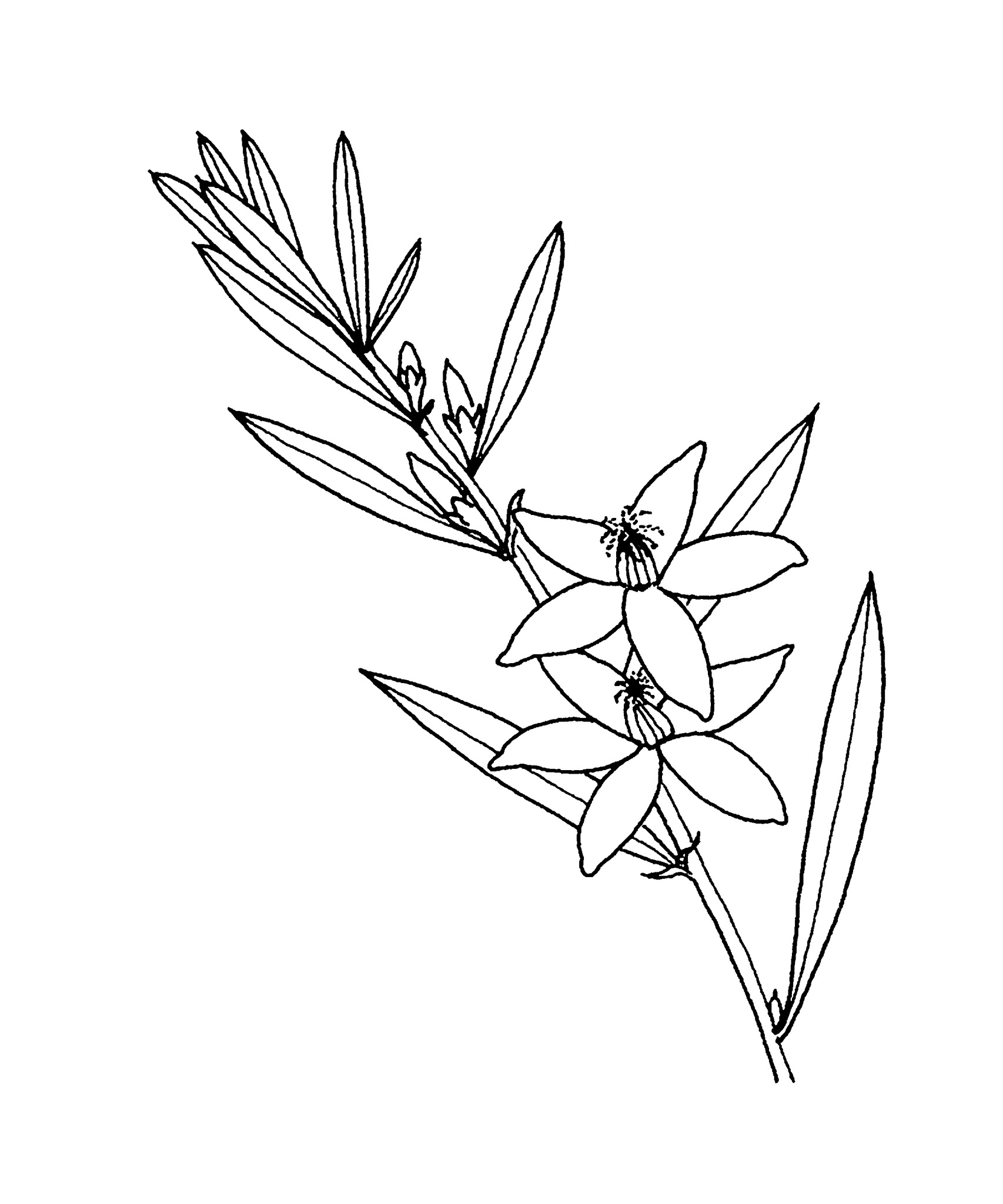
Commemorating James Crowe of Lakenham (1750–1807), UK, a Fellow of the Linnaean Society and a surgeon who studied bryophytes and willows.
Shrubs. Leaves alternate, simple, entire. Flowers bisexual, solitary with basal leaves or bracts. Sepals 5, free. Petals 5, persistent in fruit. Stamens 10, free. Ovary of 5 basally united carpels, each with 2 ovules; styles fused. Fruit of 1-5 units; seeds shiny brown, explosively dispersed.
Grown for the simple forms and long-lasting flowers.
Cuttings.
Stamens curved over the ovary; anthers hairy
3 species endemic to Australia.
Wilson (1970).
C. angustifolia Sm. from WA is occasionally grown; it has very narrow leaves, sometimes toothed as in C. angustifolia var. dentata (Benth.) P.G.Wilson.
Source: (2002). Rutaceae. In: . Horticultural Flora of South-eastern Australia. Volume 4. Flowering plants. Dicotyledons. Part 3. The identification of garden and cultivated plants. University of New South Wales Press.

A small, dense shrub with flowers deep pink, about 2 cm wide.
Introduced c. 1981.
C. exalata × C. saligna.
A short-leaved hybrid form. Leaves 3-4 cm long, narrowly obovate. Flowers about 2.5 cm wide, axillary, pale pink.
A short-leaved hybrid form collected by L. Hodge from Little River near Wulgulmerang, Vic.
Introduced c. 1978.